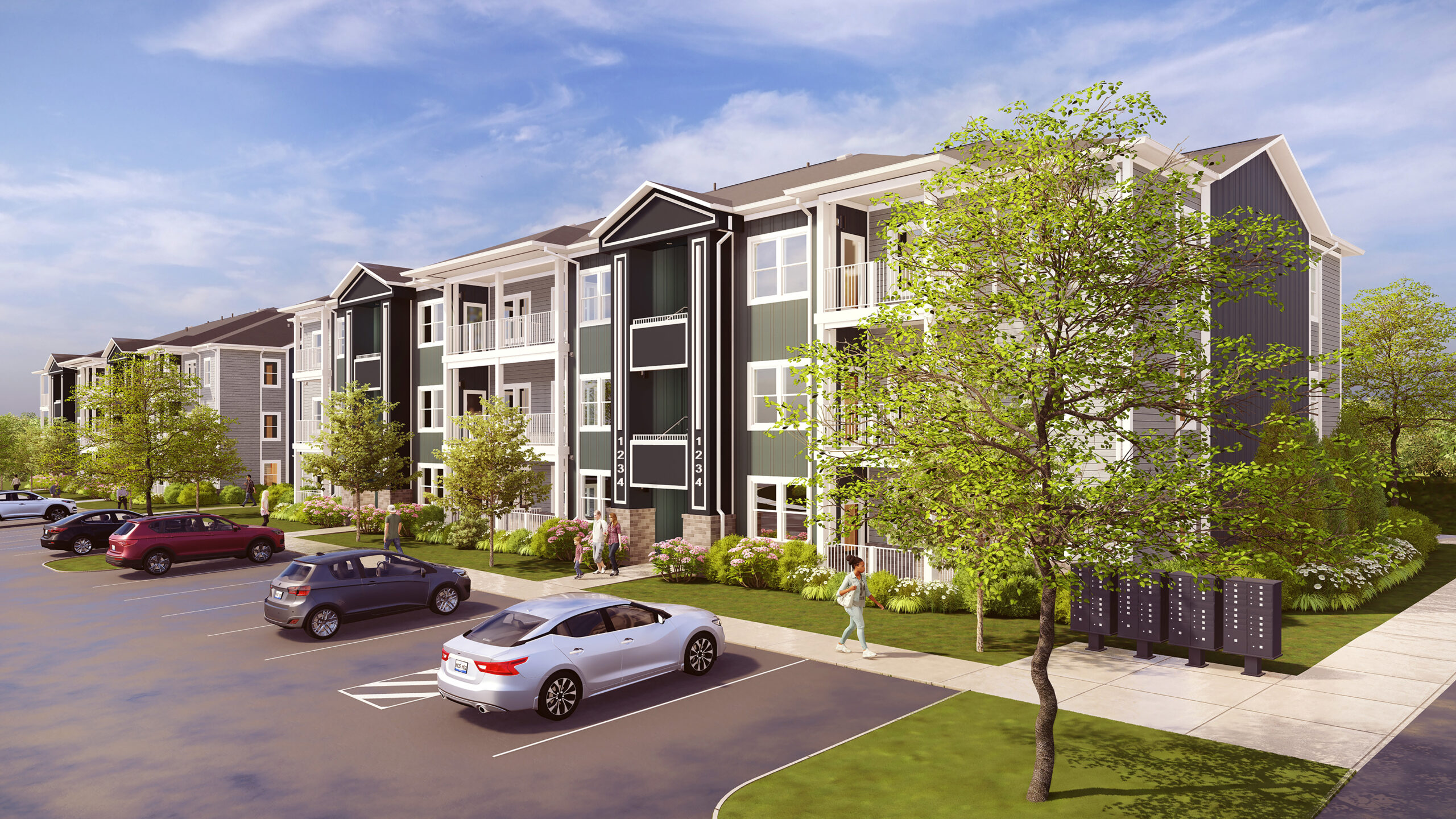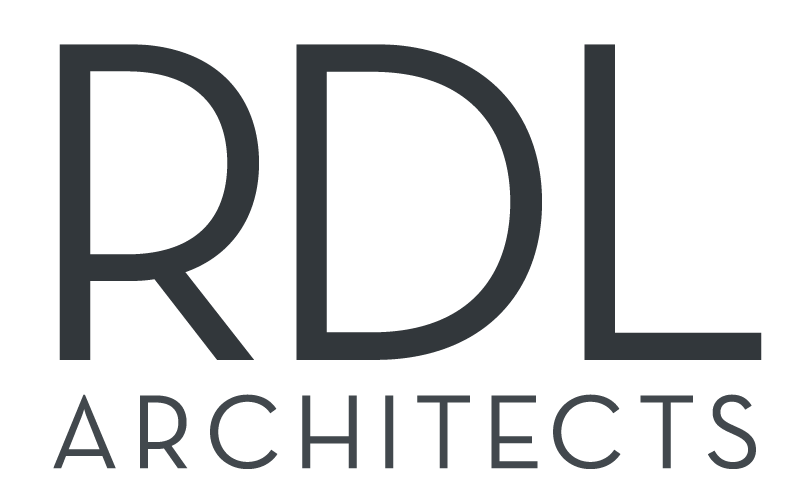There aren’t many topics that are currently more pressing than the issue of housing in the U.S.
Rents are rising, and many people who once lived comfortably are finding themselves priced out or paying a much higher percentage of their income towards housing compared to just a few years ago. A recent analysis found that nationwide, rents on average have climbed more than 30 percent from 2019 to 2023. During this same period, average wages have only grown by around 20 percent.
This, of course, is a multifaceted issue with no silver bullet solution. But everyone from architects, residential designers, housing developers, and policy makers have a role to play in reigning in housing costs.
For decades – and for good reason – there has been a lot of attention and investment in affordable housing. From federal housing vouchers to income-based rent controlled apartments, residential developers have responded to these incentives. While there’s still much work to be done on this front, it’s not the only place we should be looking.
What is workforce housing, and why do we need more of it?
Simply put, workforce housing is a development designed for working, middle-income households that earn too much to qualify for affordable housing but not enough to afford higher end market-rate housing. This appeals to a variety of professions, including teachers, first responders, health care workers, and service industry employees, giving them the opportunity to live in or near the same community in which they work. Rising costs of construction and increased cost of living have made it difficult for developers to respond to the growing demand for workforce housing.
The need for more workforce housing is confounded by the reality that most of the new housing being constructed in the U.S. currently caters to higher income earners at a time when housing costs are outpacing wages. This is detailed in a 2023 Harvard report (The State of the Nation’s Housing 2023) that concluded that the lack of lower-rent units will leave moderate income earners with fewer housing options, suggesting that “even though multifamily construction is at historic highs, increasing production of moderately priced rental housing is an urgent priority.”
Meeting the need for workforce housing
With all the nuances involved in developing workforce housing, developers often find themselves facing too many barriers to make this type of investment worthwhile. That’s why it’s imperative that we explore solutions to these hurdles in order to develop affordable workforce housing at the scale current demand calls for.
Examples of this include:
- Financial incentives: New affordable housing tax credits enacted at the state level will create a more inviting environment for developers to invest in workforce housing throughout the country. More incentives – and awareness of these incentives – will attract developers to turn towards this type of housing
- Strategic partnerships: In the absence of more robust state incentives, partnering with an architect that encompasses both design and financial acumen is imperative. The role of an architect is to assist developers in creating efficient, yet desirable housing. Strategic planning, efficient designs, and a focus on community-centric spaces can lead to successful outcomes
Building quality, affordable workforce housing
When planning an affordable housing development, maximizing density and utilizing surrounding infrastructure and amenities are essential considerations. A thorough site analysis and thoughtful site selection are key to determining the most efficient use of the land. A zoning analysis is imperative to assess the site’s potential and identify the maximum buildable area. Early discussions with the municipality are also crucial to determine the feasibility of variances or parking reduction allowances, which can help create more buildable space. This comprehensive approach ensures the project meets regulatory requirements while optimizing the site’s potential and supporting the surrounding community.
It’s also important to recognize that workforce housing developments should aim to feel comparable to market rate developments. So when it comes to designing and building workforce housing, controlling costs is paramount. With this in mind, RDL takes the time to assess the space and analyze which amenities are in highest demand to get the most out of every dollar invested into the project. We also work closely with the owner to establish project goals and plans for program spaces and thoughtfully select materials within budget.
Putting best practices into action
Currently, Michigan is one of just a handful of states that have incentives in place for the development of missing middle housing. This can serve as a model for other states to follow.
A prime example of these financial incentives at work is Corners Crossing in Traverse City, MI. This 192-unit workforce housing community offers a contemporary and pleasant residential experience while maintaining rents between 80-120 percent of the area’s median income (AMI). RDL was pivotal in bringing this project to market, working closely with the developer to design an appealing living community while controlling construction costs.
To keep costs within budget, we leveraged the efficiency of garden-style, walk-up apartments. This eliminated the need for elevators and a common area by distributing the units into separate buildings, ensuring a sense of community without those added costs.

Another notable aspect of the Corners Crossing project was that it was organically conceptualized after the development of an assisted living community in Traverse City. The developer realized that there wasn’t enough workforce housing in this area to support the employees of the assisted living community, prompting the development of Corners Crossing.
Other workforce housing project examples RDL has collaborated with developers on include:
- Central Park: This mixed-use residential development in Heath, OH features apartment buildings and garden-style, walk-up units in a manner that promotes community in a previously undeveloped area. Designed to serve the middle market, this development is not technically considered workforce housing since it does not have any public financing. Central Park has plans to be developed into a broader, mixed-use living community, making this project more financially appealing to the developer.
- Maynard: A mixed income, HUD-financed housing development in North Carolina, where half of the units are reserved for 80 percent AMI rentals. This project not only required rezoning for the use and density, but also extensive discussions with the municipality to address their concerns, and still maximize the yield for the site. This project is a good example of how working with a municipality and educating the public on why this type of housing is beneficial to communities can create a successfully integrated addition to a neighborhood.
What’s consistent across all successful projects is that there’s a good understanding of the demographics being served in a given community. Developers need to consider the diverse housing typologies in order to accommodate various family sizes and lifestyles. This is why creating flexible spaces should be a priority, doing so in a way that enables residents to modify over time to meet their changing needs.
Given the financial constrictions these projects often face, integration of amenity and community features need to be carefully planned. This can be done by intentionally promoting a unique identity, fostering community engagement through planned amenities, and increasing the walkability and connectivity to surrounding neighborhoods.
The bottom line is that the missing middle is a broad and growing market that has largely been untapped to date. RDL’s Residential Studio has the expertise to ensure your foray into this integral housing segment is met with the vision, strategy, and perspective vital in the development of a successful project.
Start a conversation with us today.


